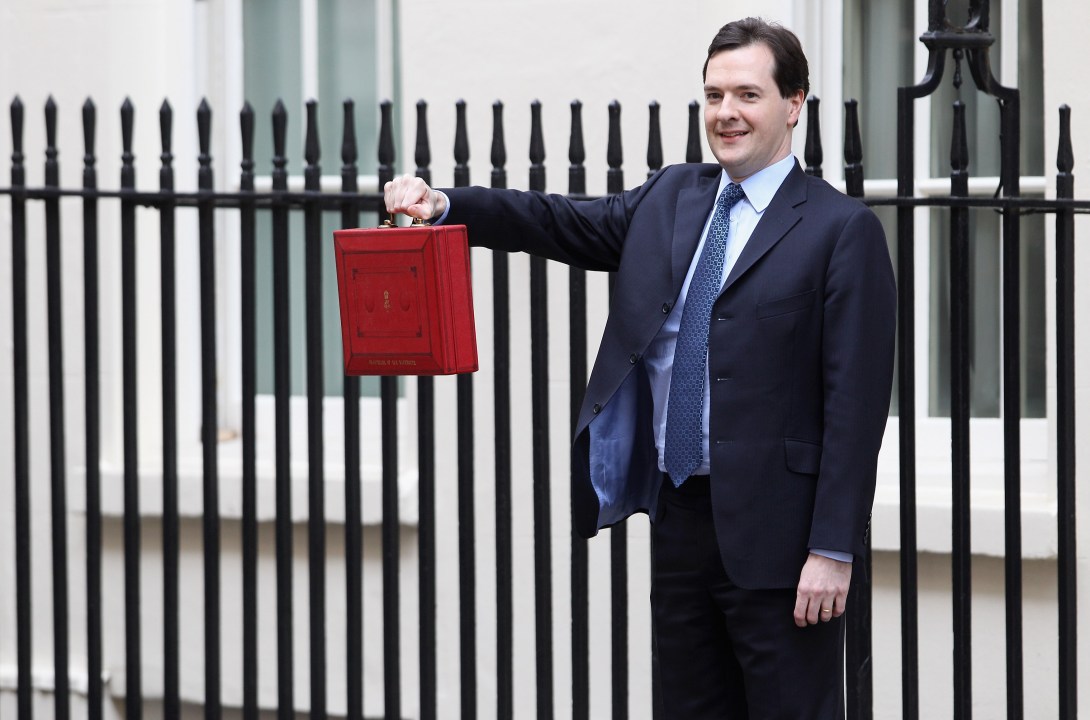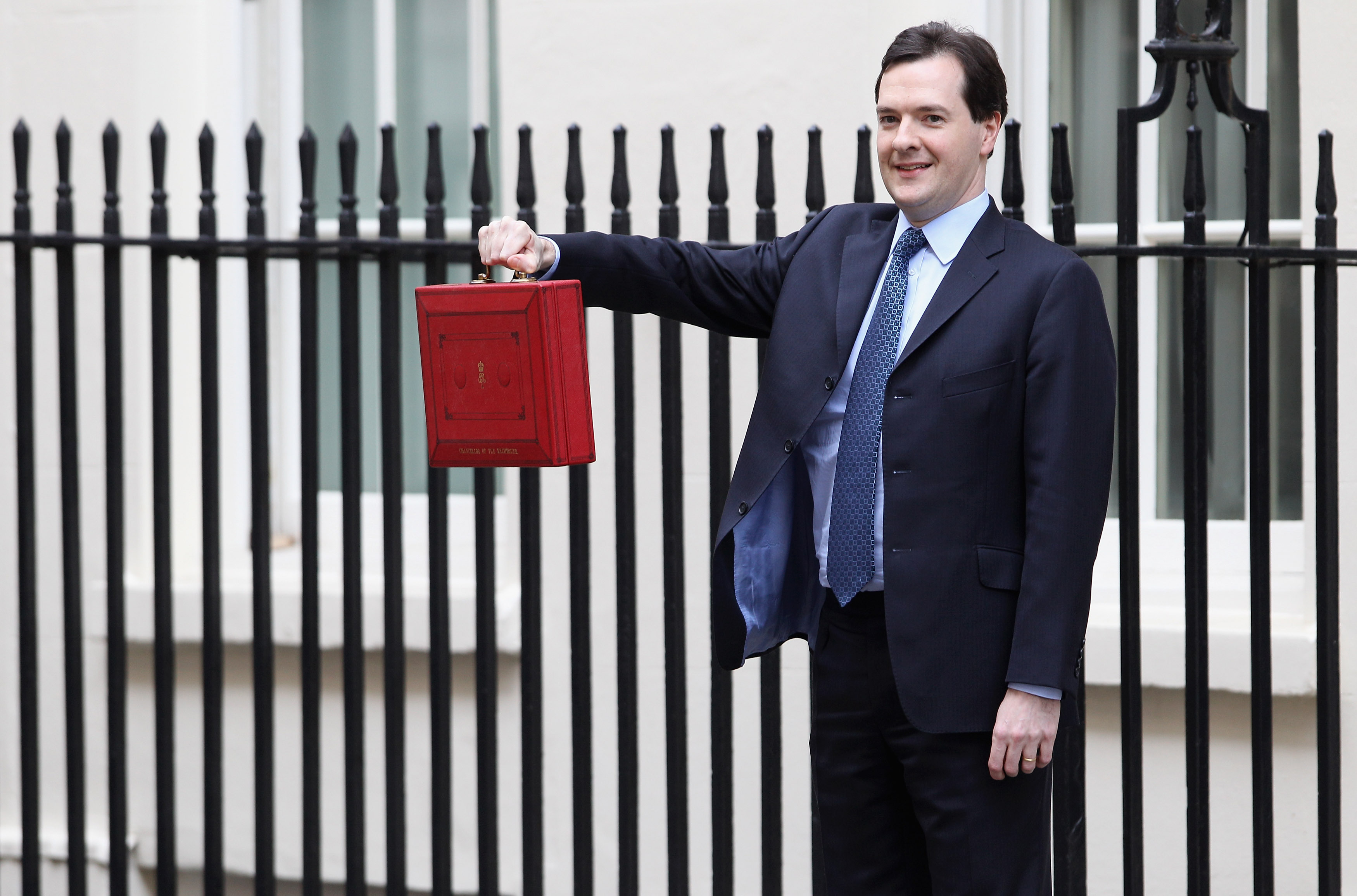‘I’ve never seen a government document with a Laffer curve
in it before’, declared Ed Balls last week. Well it looks like he might be seeing a lot
more of them, if George Osborne gets his way. Yesterday, as James noted, the Chancellor
told the Treasury select committee that:
Now, it’s hard to get all that excited about something with a name like ‘dynamic scoring’. It was never going to make the front pages, especially when there’s a ‘pasty tax’ to get worked up about. Many will have the same reaction to a discussion about ‘scoring’ as President Bartlet did: ‘What’s wrong with booze and a comfortable pickup?’‘I think the Treasury can now, and I’ve asked this to happen, start undertaking some real research into dynamic scoring, and what the broader economy effects are of changes to taxation’.
But further consideration of the indirect effects of tax changes could have a profound impact on future budgets. The Treasury does already consider some behavioural effects when costing Budget
measures, as can been seen in the ‘post-behavioural costings’ in this document. For example, the estimates of
how much the changes in Stamp Duty will raise take into account their effects on house prices. Apparently, though, it doesn’t go as far as Osborne would like. According to the FT:
As James said yesterday, dynamic scoring would tend to make tax cuts look more attractive, by paying greater attention to their pro-growth effects, and their tendency to broaden the tax base. In particular, it might make it easier to justify further cuts in corporation tax, or the top rate of income tax.‘An aide to Mr Osborne criticised the Office for Budget Responsibility for taking insufficient account of the effect of corporation tax cuts on attracting companies to locate in Britain.’
The £100m figure in last week’s Budget for the cost of cutting the top rate from 50p to 45p does include some behavioural effects, but not all. The HMRC report suggests that the move could ‘increase indirect tax receipts by around £130 million per annum’ — which would mean that the cut actually boosts overall revenues by around £30m. If such impacts on VAT receipts and the like are included in future, it will reduce the apparent cost of similar tax cuts.
But there are other ways it might change the calculations in future Budgets, depending just how thoroughly it’s applied. Take the Liberal Democrats’ treasured policy of raising the personal allowance. They managed to get it increased by £1,100 in last week’s Budget, and it seems the only thing that stopped Osborne going further was the cost. The planned rise comes with a reduction in the threshold for the 40p rate, and is expected to cost around £3.5bn a year. This does include an estimate of the behavioural effect of those earning around £42,000 who might avoid the 40p rate, perhaps by working less or taking advantage of loopholes. The ‘post-behavioural cost’ is therefore actually about £30m a year higher than the ‘static cost’ (which ignores this behavioural impact).
But what if the Treasury also considered the dynamic effects of raising the allowance on low earners or the unemployed? Low earners tend to be particularly responsive to tax changes, and could reasonably be expected to increase their working hours if they get to keep more of their income. Equally, raising the allowance increases the incentives for people to move from unemployment into work. It’s similar to the thinking that drives Iain Duncan Smith’s Universal Credit, but such effects are not currently considered in the Budget costings. If they were, it would make raising the allowance a good deal cheaper.
These effects are, of course, incredibly difficult to predict accurately. But, then, the Budget already includes predictions of some behavioural effects, and it seems inconsistent not to extend that effort to try to make the costings more realistic. If Osborne gets his wish, it may increase the likelihood not only of cutting the 45p tax, but also of further increases in the personal allowance.







Comments